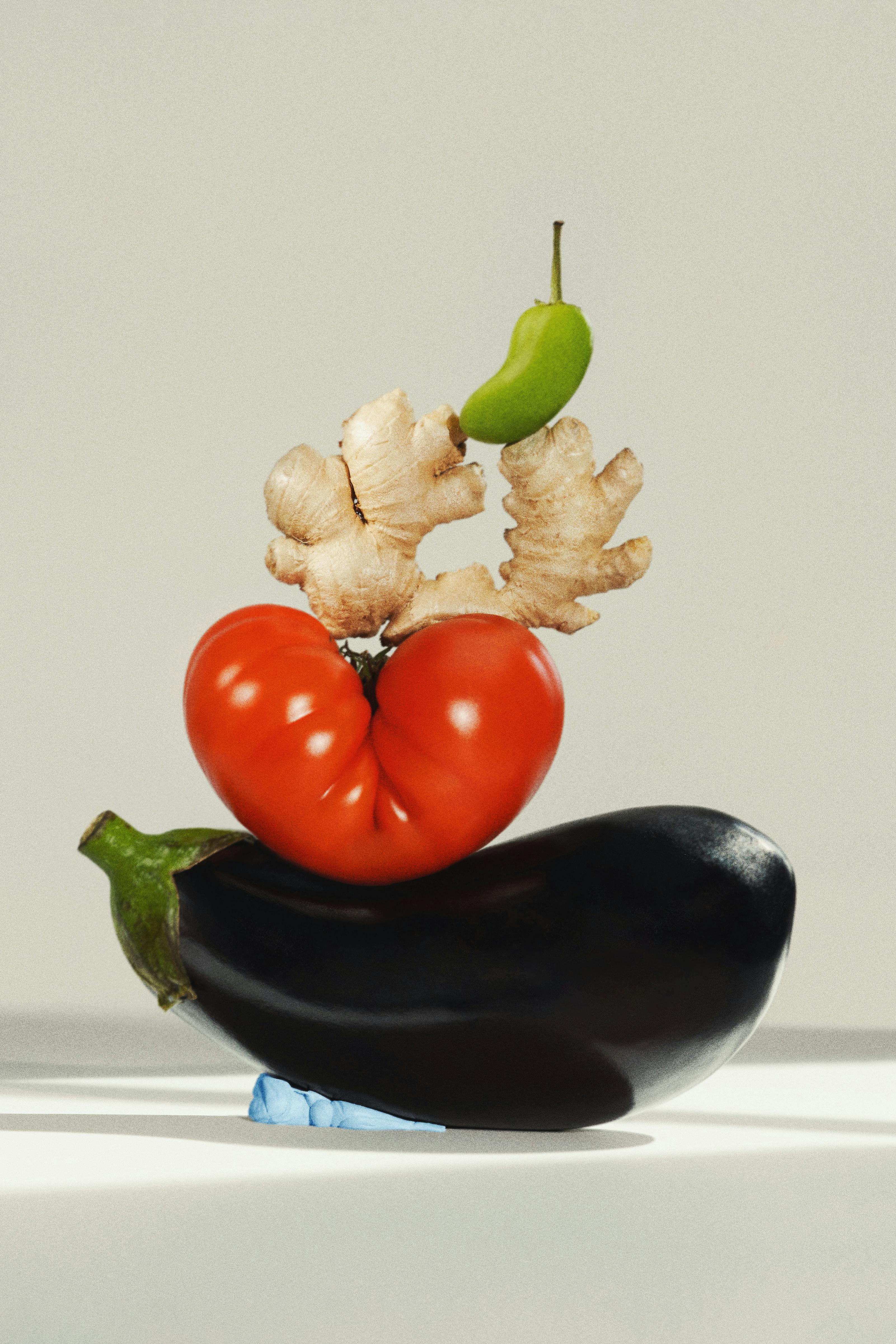Essential Guide to Cooking Ribeye Steak on the Grill
Grilling ribeye steak is a culinary skill that can elevate your outdoor cooking game and impress your family and friends. The ribeye, known for its rich marbling and robust flavor, makes it one of the best cuts of beef to grill. Whether you’re a novice or a seasoned grill master, learning how to cook a ribeye steak can yield delicious results. Understanding the proper techniques, temperatures, and seasonings is essential for achieving that perfect ribeye steak you crave.
In this practical guide, we’ll cover everything you need to know about grilling ribeye steak, including preparation methods, grilling techniques, and tips for achieving the desired doneness. You’ll gain insights into ribeye steak thickness, marinades, and the best cooking temperatures to ensure juicy and tender results. From grilling to serving suggestions, we’ll present a roadmap to help you on your culinary journey.
Here are some key takeaways you can expect from this guide:
- The best practices for seasoning and marinating your ribeye steak.
- Understanding ribeye doneness levels and internal temperatures.
- Expert tips for grilling ribeye steak on both charcoal and gas grills.
- Ideas for side dishes that pair beautifully with grilled ribeye.
How to Properly Prepare Ribeye Steak for Grilling
Before you fire up the grill, proper preparation of the ribeye steak is crucial for flavor and tenderness. Start by choosing a high-quality ribeye from your butcher, paying attention to the marbling—the small flecks of fat throughout the meat—which contribute to its flavor. The thickness of your ribeye steak is also key; a thickness of around 1.5 to 2 inches is ideal for grilling.
Once you have your steak, you should season it properly. A simple seasoning of salt and pepper can shine on its own, but for added flavor, consider using a marinade. A basic ribeye steak marinade can include olive oil, garlic, and fresh herbs. Letting the steak marinate for at least 30 minutes—or even overnight—allows the flavors to penetrate the meat, enhancing its taste and tenderness.
Before grilling, let the ribeye come to room temperature for even cooking. This can take about 30 minutes. A well-prepared ribeye steak not only enhances its flavor but also contributes to a more enjoyable grilling experience, ensuring you achieve those sought-after grill marks.
Key Marinades and Seasonings for Flavorful Ribeye Steak
One of the best parts of cooking ribeye steak is experimenting with different marinades and seasonings. For a classic approach, consider a marinade that includes:
- Olive Oil: Serves as a base to help other ingredients adhere.
- Garlic: Adds depth and enhances beef flavor.
- Fresh Herbs: Rosemary and thyme are especially complementary.
- Acid: Adding lemon juice or balsamic vinegar tenderizes the meat.
Avoid using strong spices that might overtake the natural flavor of the ribeye. Instead, focus on balancing flavors to enhance the steak, allowing it to shine. An easy alternative is to create a simple rub using salt, pepper, and garlic powder for a quick flavor boost before grilling.

Accurate Cooking Techniques for Ribeye Steak
Knowing how to cook ribeye steak properly involves mastering various grilling techniques. Whether you prefer direct heat cooking on a gas grill or indirect heat on a charcoal grill, understanding these methods will elevate your ribeye grilling game.
The Reverse Sear Method Explained
The reverse sear technique is becoming popular among grill enthusiasts for its effectiveness in producing a juicy ribeye steak. This method involves cooking the steak at low temperatures before searing it at high heat. Start by preheating your oven to 275°F and placing the ribeye steak on a wire rack in a baking sheet.
Cook the steak in the oven until it reaches an internal temperature of about 10-15 degrees below your desired doneness. This typically takes around 30-40 minutes. Once it’s almost at the target temperature, transfer it to the grill preheated to high heat for a final sear. This not only creates beautiful grill marks but also achieves a tender and evenly cooked ribeye.
Grilling Temperatures for Ribeye Steak
Understanding the appropriate grill temperature is crucial for perfect grilling. For ribeye steak, the grill should be preheated to medium-high heat, around 450-500°F. This allows for a good sear while keeping the inside juicy. Use a meat thermometer to monitor temperatures inside the steak:
- Rare: 125°F
- Medium Rare: 135°F
- Medium: 145°F
- Medium Well: 150°F
- Well Done: 160°F
Cooking times will vary depending on steak thickness and desired doneness. A general guideline is to grill ribeye steak for about 4-5 minutes per side for medium rare, while thicker cuts may require longer grilling times. Monitoring internal temperature is the most reliable method of achieving the desired doneness without cutting into the steak.
Essential Tips for Achieving Ribeye Steak Doneness
Achieving the perfect ribeye steak doneness requires attention and technique. Knowing the different doneness levels and how the steak should feel at each stage can guide you in ensuring a flavorful and juicy outcome. Use a combination of time, temperature, and touch to gauge doneness accurately.
Understanding the Doneness Guide
Each level of doneness corresponds to specific internal temperatures. Here’s a quick guide:
- Rare: Cool red center, 125°F
- Medium Rare: Warm red center, 135°F
- Medium: Warm pink center, 145°F
- Medium Well: Slightly pink center, 150°F
- Well Done: No pink, fully cooked, 160°F
Consider using the “touch test” method to check the doneness. For example, a rare steak will feel soft and squishy like your cheek, whereas a well-done steak will feel firm like your forehead. Regularly checking will help you avoid overcooking and ensure each steak meets your preference.
Resting Your Ribeye Steak for Optimal Flavor
Do not skip the resting period after grilling! Resting allows the juices to redistribute throughout the meat, resulting in a more flavorful ribeye steak. Ideally, let your steak rest for about 5-10 minutes before slicing. Cover it loosely with aluminum foil during this time to retain warmth.
This small step can significantly enhance the flavor and tenderness of your grilled ribeye. A well-rested steak will not only be more enjoyable to eat, but it will also present beautifully on the plate.

Delicious Pairings and Sides for Grilled Ribeye Steak
Pairing the right sides and drinks with grilled ribeye steak can complement its rich flavors and enhance your dining experience. From refreshing salads to robust wines, you can find ideal matches for your steak meal.
Choosing Side Dishes to Complement Ribeye
Consider serving grilled vegetable skewers or a fresh arugula salad to brighten your meal. Roasted potatoes or garlic mashed potatoes bring heartiness to the dish, while a simple herb butter enhances the steak’s flavors. Here are a few classic sides to consider:
- Grilled Asparagus with Lemon
- Caesar Salad
- Corn on the Cob
Drink Pairings for Ribeye Steak
When it comes to drinks, robust red wines are a popular choice to complement ribeye’s bold flavors. Wines like Cabernet Sauvignon, Merlot, or Malbec pair exceptionally well with beef. For those preferring beer, consider a rich stout or a hoppy IPA to balance the flavors of your ribeye. Additionally, sparkling water or homemade lemonade can provide a refreshing contrast to the savory steak.
Enhancing Your Grilling Experience
By incorporating the techniques outlined in this guide, you can create the perfect grilled ribeye steak every time. Remember, the key lies in proper preparation, accurate cooking methods, and resting your meat afterwards. As you gain experience, don’t hesitate to experiment with different marinades, seasonings, and grilling styles to suit your taste.
Common Grilling Mistakes to Avoid
To make the most of your ribeye grilling experience, be aware of these common mistakes:
- Skipping the marinade: A good marinade helps flavor the meat and enhances tenderness.
- Not letting the steak rest: Allowing the steak to rest is vital for juicy, flavorful results.
- Not monitoring internal temperature: Use a meat thermometer for accurate results.
With the right knowledge and a bit of practice, you’ll soon be grilling ribeye steaks like a pro, impressing everyone at your next barbecue!
Its part of generated content. Can i generate another part?